Bo Da Pagoda stands as an ancient and revered spiritual sanctuary in the northern region of Vietnam. Nestled in Tien Son Commune, Viet Yen District, Bac Giang Province, this pagoda was built during the Ly Dynasty in the 11th century, situated on the majestic Phuong Hoang Mountain within the Bo Da mountain range. From the reign of King Le Du Tong (1720-1729) through successive generations, the pagoda has undergone expansions and renovations, boasting a myriad of large and small structures, including Cao Pagoda, Tu An Pagoda, Tam Duc Temple, and Tower Garden.
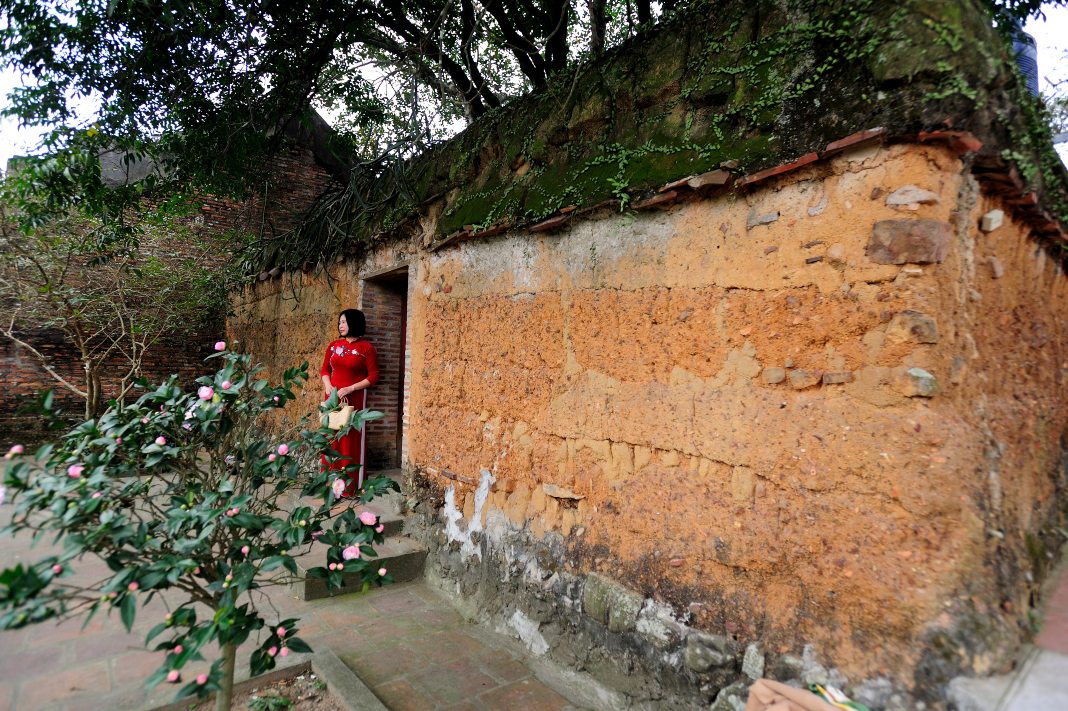
The entrance to the pagoda, flanked by weathered earth walls adorned with verdant moss, echoing centuries of history - Photos: Ngo Vinh Phu
Surrounded by ancient earthen walls that have withstood the test of time, Bo Da Pagoda’s architectural style sets it apart from other pagodas in the region, intimately intertwined with the lives of local residents. Annually, the pagoda hosts its traditional festival from the 15th to the 18th of the second lunar month, drawing pilgrims and visitors seeking spiritual solace and cultural richness.
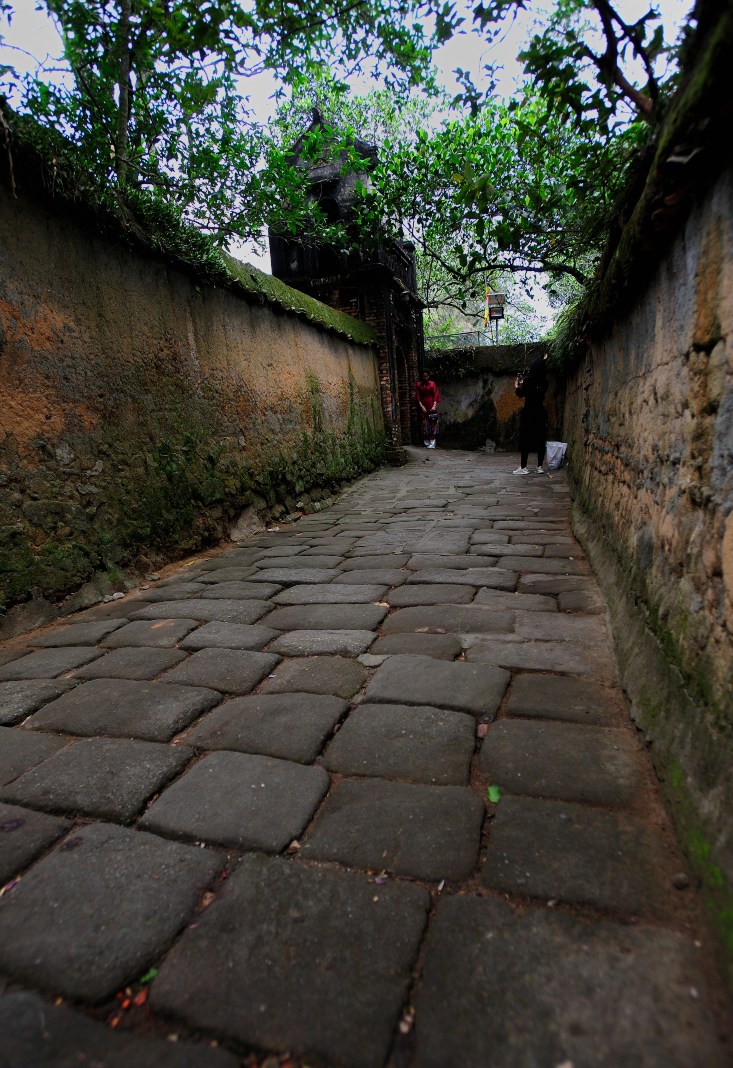
The entrance to the pagoda, flanked by weathered earth walls adorned with verdant moss, echoing centuries of history

Small gates within the ancient pagoda, characterized by consistent architecture harmonizing with the natural landscape
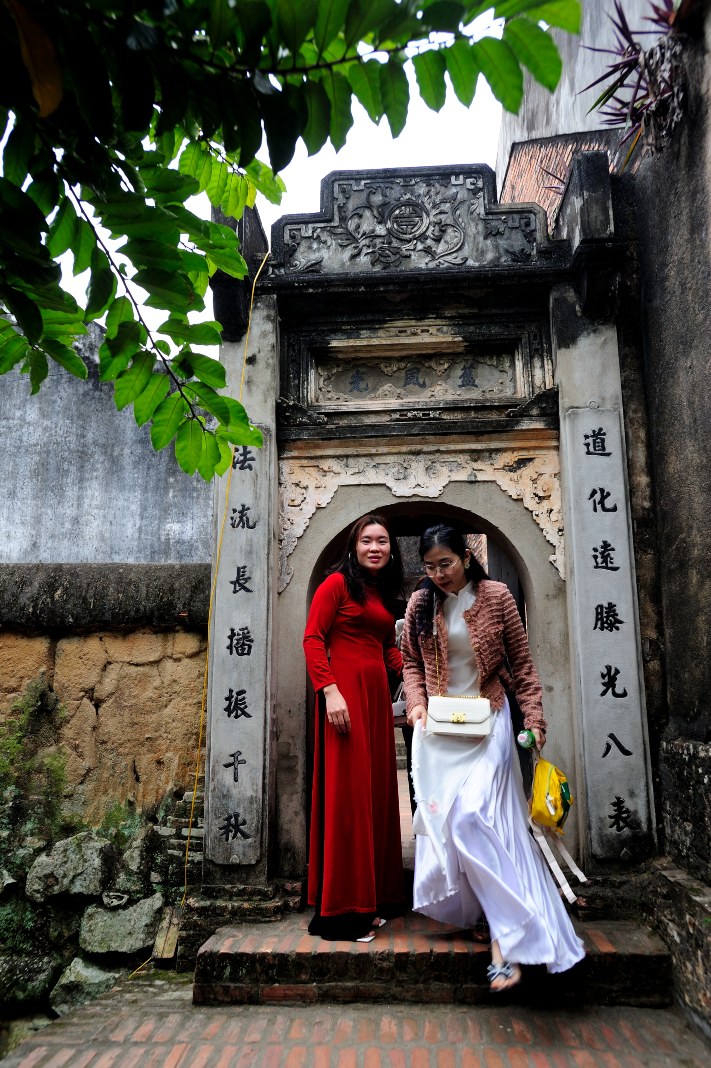
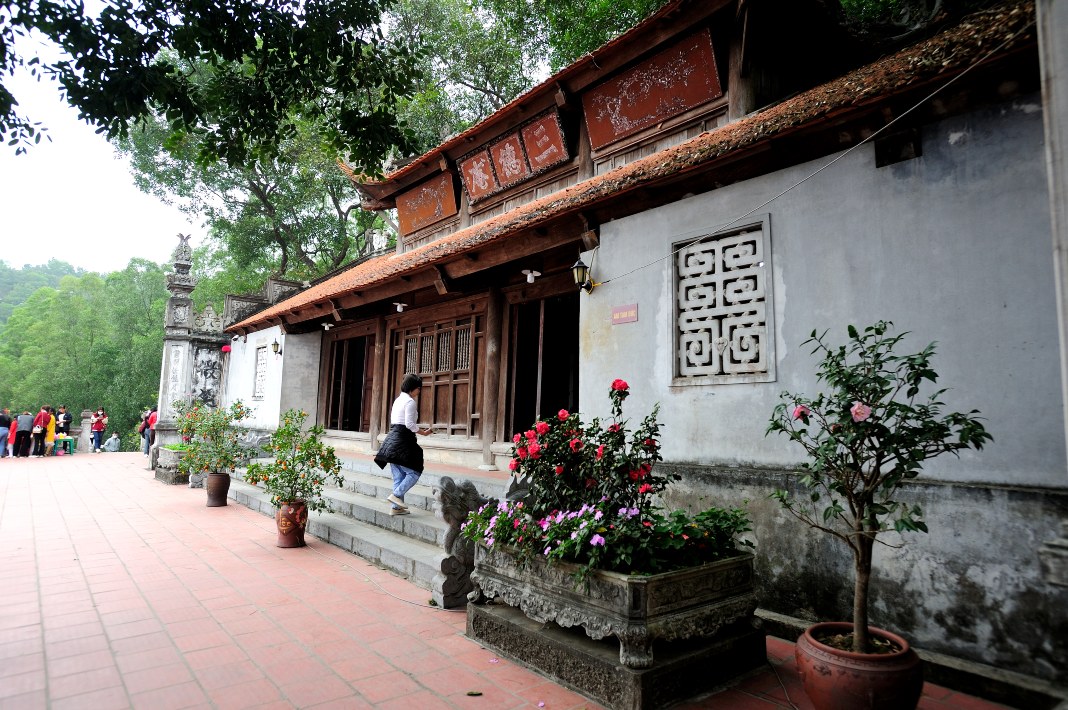
Each small gate reveals an airy space adorned with unique pagoda roofs and altars, blending architectural elegance with tranquility
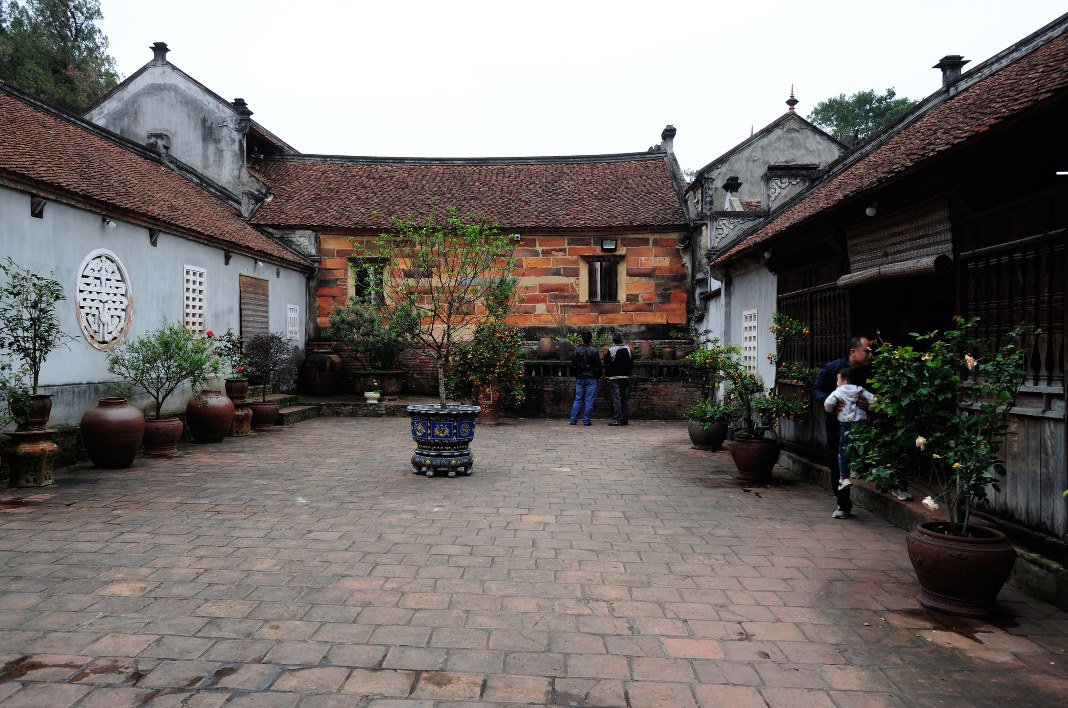
Architectural spaces intimately intertwined with the lives of local northern residents
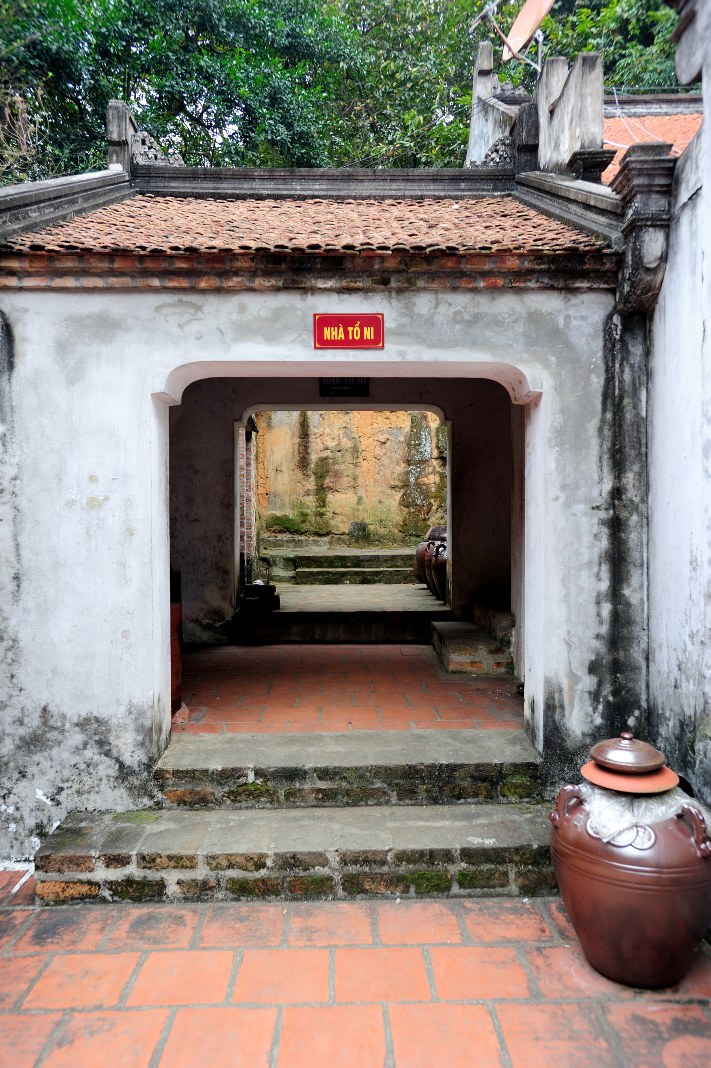
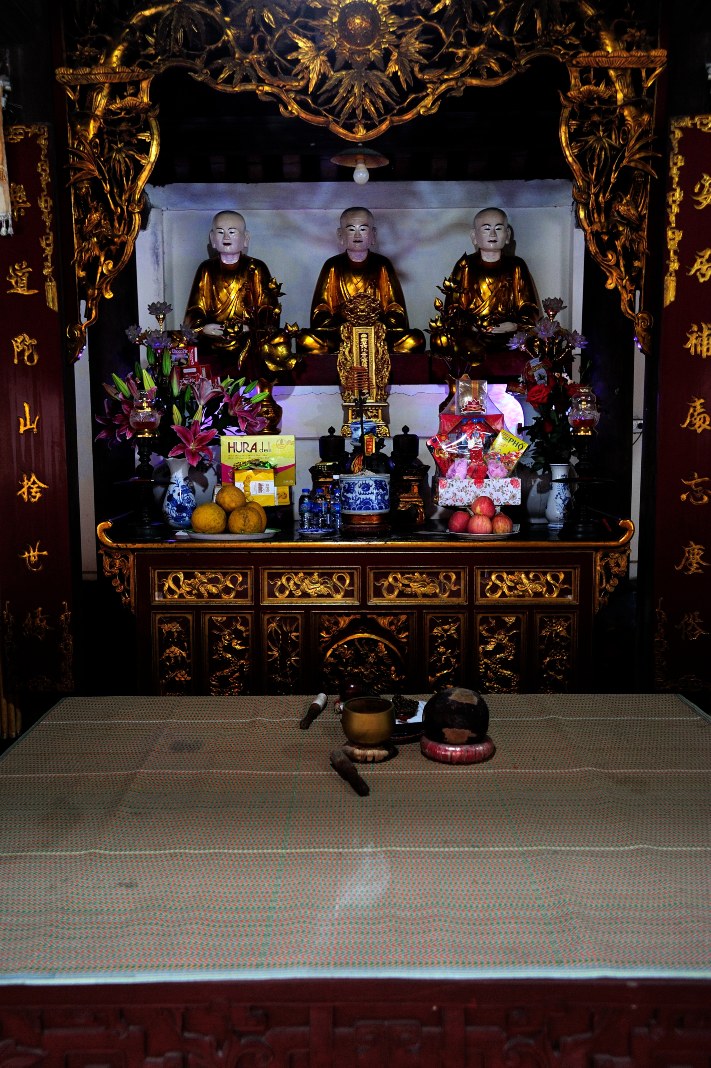
An altar adorned with statues of the three female patriarchs of Bo Da Pagoda
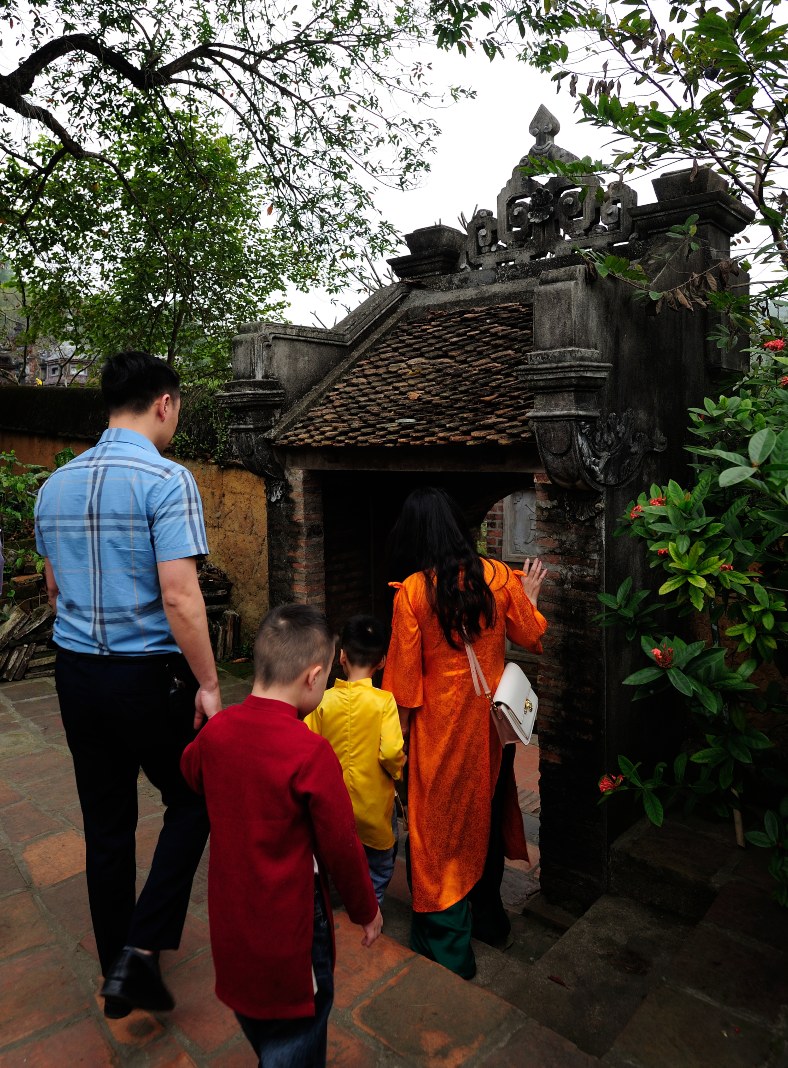
A family pays homage to the pagoda

The ancient vối tree, hundreds of years old and recognized as a Vietnamese heritage tree
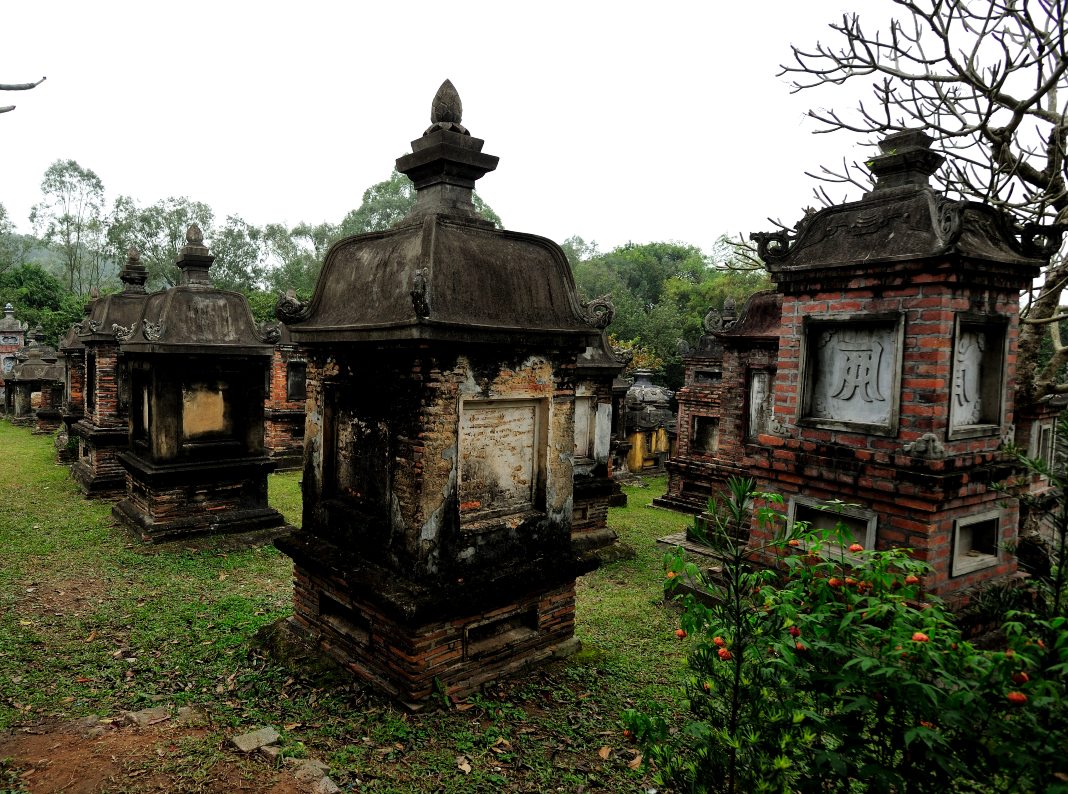
The Tower Garden, housing over a hundred small towers containing the ashes and relics of numerous monks, esteemed as Vietnam’s largest tower garden
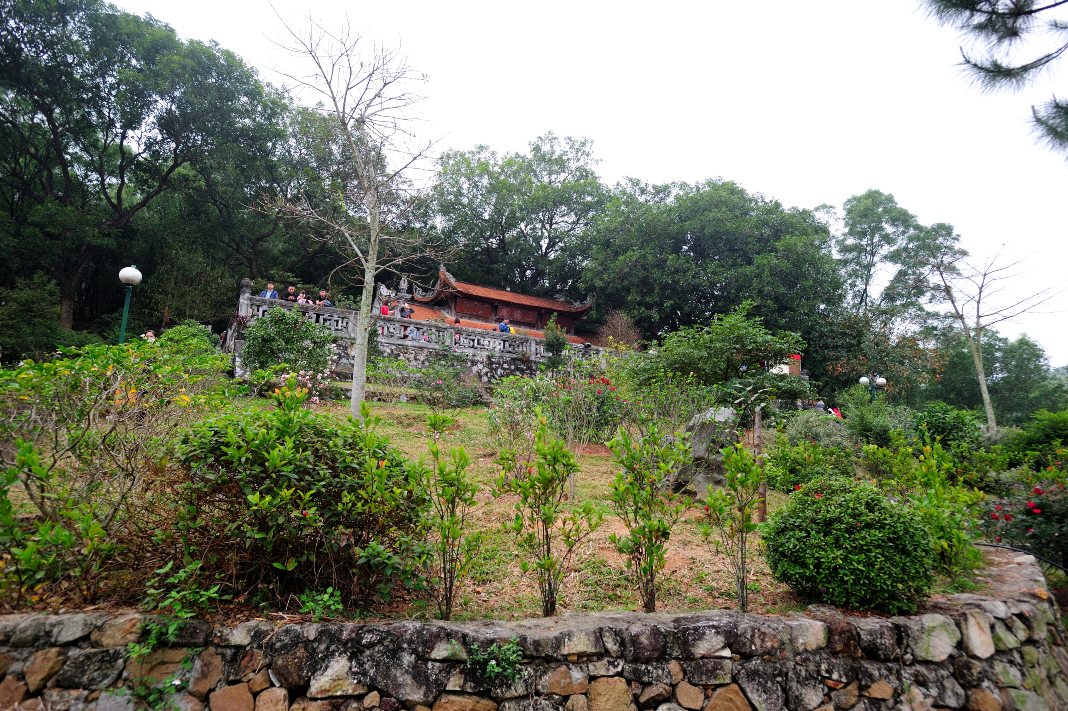
The pagoda, majestically perched atop Phuong Hoang Mountain
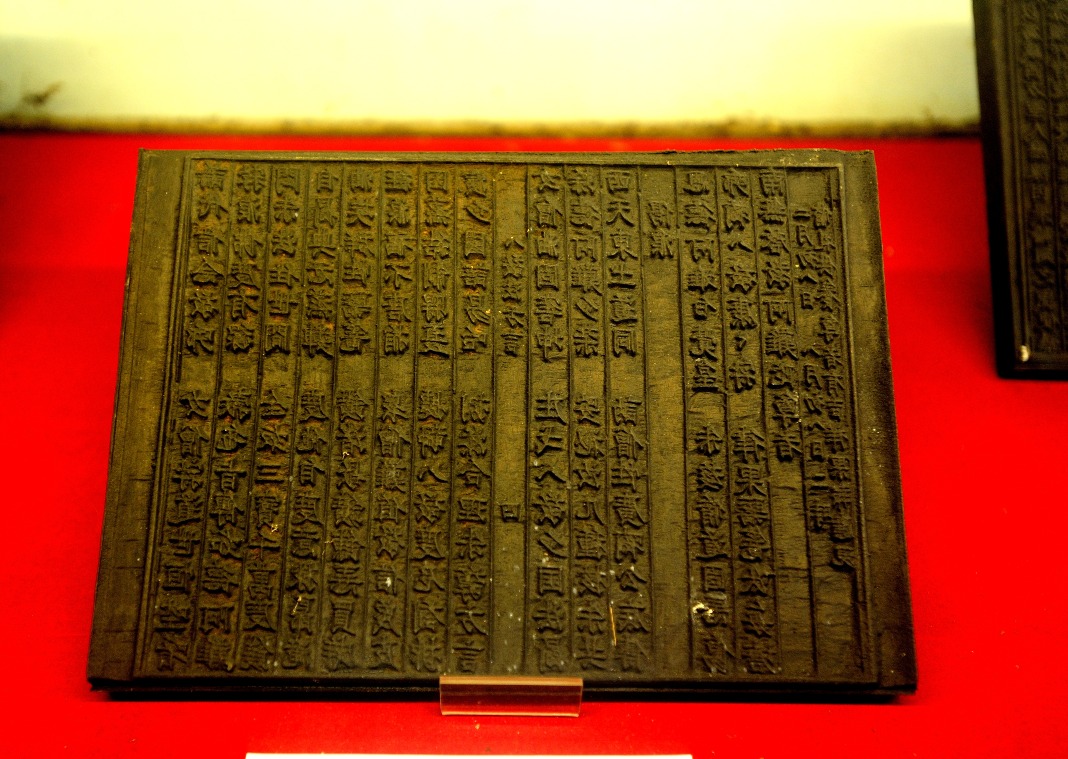
Preserved woodblocks of Buddhist scriptures, cherished as national treasures, found within the pagoda’s confines

By Ngo Vinh Phu